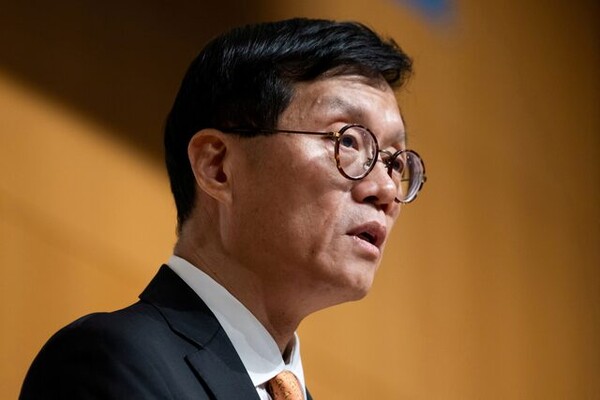Bank of Korea Governor Hints at Policy Overhaul
In a significant move, Bank of Korea (BOK) Governor Rhee Chang-yong announced a potential major overhaul of the bank's liquidity supply policy, including the consideration of quantitative easing measures akin to those in the United States. This shift comes as the BOK faces reduced won liquidity, prompting a reevaluation of its traditional liquidity absorption strategies.

Reevaluating Monetary Policy Tools
Governor Rhee emphasized the need to reconsider the role of Monetary Stabilization Bonds and improve RP transactions to adapt to changing liquidity trends. The BOK's current monetary policy, focused on liquidity absorption, may shift towards liquidity supply through regular RP purchases, a move influenced by recent tightness in the short-term money market.
Impact of Foreign Exchange and Retail Investors
The policy shift is partly driven by the foreign exchange authorities' interventions to stabilize the exchange rate, which has led to a reduction in won liquidity. Additionally, the rise of 'Seohak ants'—Korean retail investors in foreign stocks—has accelerated imbalances in foreign exchange supply and demand.
Looking Ahead: Quantitative Easing and Regular RP Purchases
Rhee also suggested the possibility of introducing quantitative easing, such as central bank purchases of government bonds, to address long-term challenges like low birth rates and aging populations. Meanwhile, the BOK plans to implement regular RP purchases to ensure a stable liquidity supply, moving away from its previous irregular approach.








Comments